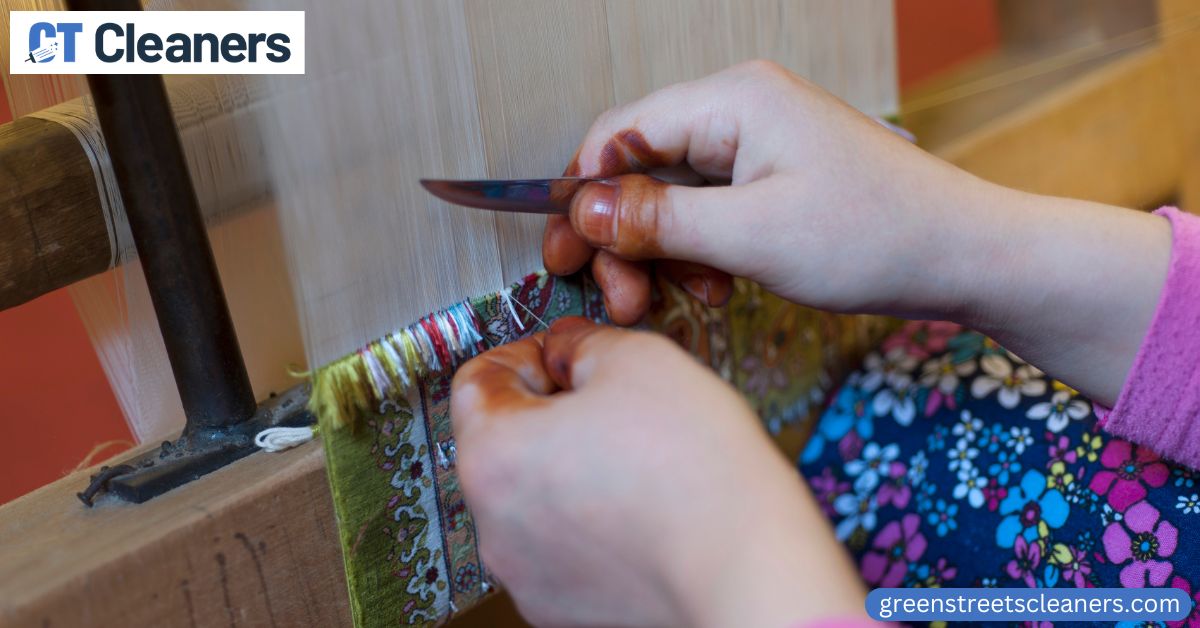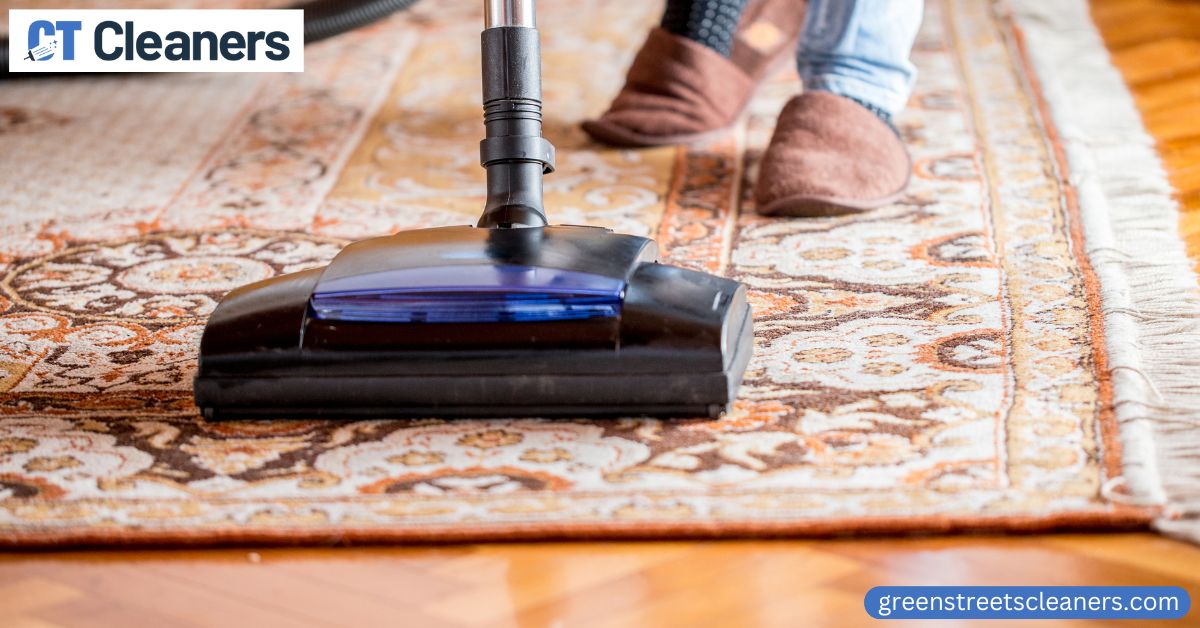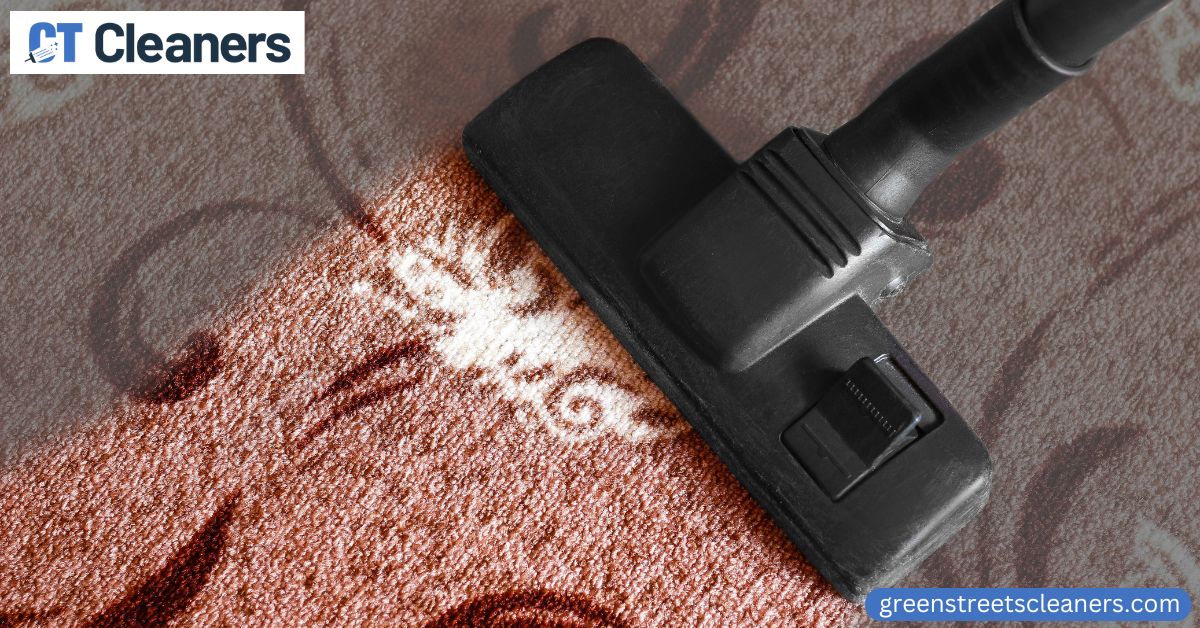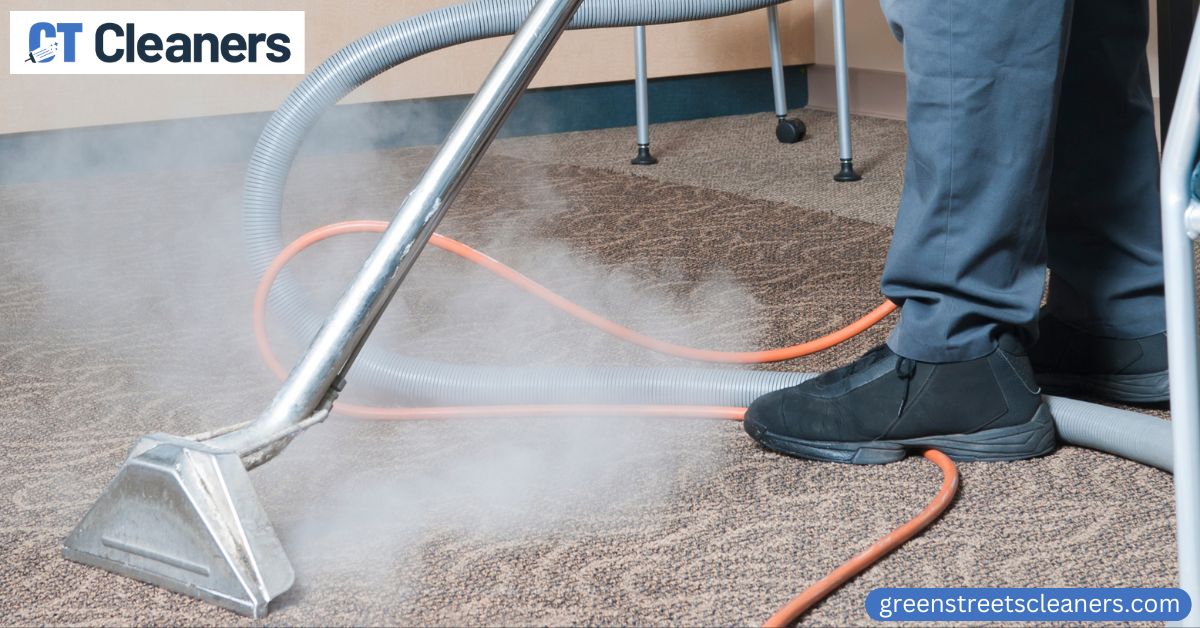Welcome to our blog about Turkish carpets cleaning! Here, you’ll find all the information and advice you need to keep your beautiful Turkish carpets looking their best. Whether you’re a beginner or an experienced carpet cleaner, we have something for everyone. From the basics of regular maintenance to more advanced techniques like stain removal or even professional steam cleaning, we’ll provide you with all the tips and tricks to ensure your carpets look as good as new. So get ready to start sprucing up those carpets – let’s get cleaning!

Importance of Turkish Carpets
Turkish carpets have a long and rich history that dates back to the Ottoman Empire. Handmade by skilled artisans using traditional techniques, these masterpieces are renowned for their intricate designs, fine craftsmanship, and exceptional quality. Whether you are looking to add a touch of elegance to your home or office, Turkish carpets offer numerous benefits that make them a valuable investment.
1. Unique and Intricate Designs: Turkish carpets feature unique and intricate designs that are hand-knotted and hand-dyed, making each carpet one-of-a-kind. The patterns, colors, and textures of Turkish carpets are influenced by various cultures, including Persian, Anatolian, and Central Asian, making them truly unique.
2. Handmade Quality: Turkish carpets are handmade by skilled artisans using traditional techniques passed down through generations. The process is time-consuming and requires a great deal of skill and attention to detail, resulting in carpets that are not only beautiful but also incredibly durable.
3. Comfort and Warmth: Turkish carpets are made from high-quality materials, such as wool, silk, and cotton, making them soft and comfortable to walk on. They also provide warmth, making them perfect for use in cold climates.
4. Increased Property Value: Investing in a Turkish carpet can increase the value of your property. These handcrafted masterpieces are considered luxury items and are highly sought after by homebuyers and interior designers.
5. Cultural Significance: Turkish carpets are not just floor coverings, they are cultural artifacts that tell the story of Turkish heritage and tradition. These carpets are an important part of Turkish history and are a symbol of the country’s rich cultural heritage.
Turkish carpets are not just floor coverings, they are works of art that add beauty, comfort, and luxury to any home or office. The unique designs, fine craftsmanship, and exceptional quality make them a valuable investment that will last for generations. Turkish rug cleaning is an important part of maintaining these carpets, so it is essential to know the best methods for keeping them looking their best.

Characteristics of Turkish Carpets
Turkish carpets are renowned for their intricate designs, fine craftsmanship, and exceptional quality. These handcrafted masterpieces are treasured for their unique beauty and cultural significance, making them a popular choice for homes and offices alike. Whether you are a collector of fine home decor, or simply appreciate the art of handcrafted carpets, understanding the characteristics of Turkish carpets is essential.
- Intricate Designs: Turkish carpets feature unique and intricate designs that are hand-knotted and hand-dyed, making each carpet one-of-a-kind. The patterns, colors, and textures of Turkish carpets are influenced by various cultures, including Persian, Anatolian, and Central Asian, making them truly unique.
- Fine Craftsmanship: Turkish carpets are handmade by skilled artisans using traditional techniques passed down through generations. The process is time-consuming and requires a great deal of skill and attention to detail, resulting in carpets that are not only beautiful but also incredibly durable.
- High-Quality Materials: Turkish carpets are made from high-quality materials, such as wool, silk, and cotton, making them soft and comfortable to walk on. The use of natural fibers also makes Turkish carpets hypoallergenic and safe for use in homes with allergies or sensitive skin.
- Cultural Significance: Turkish carpets are not just floor coverings, they are cultural artifacts that tell the story of Turkish heritage and tradition. These carpets are an important part of Turkish history and are a symbol of the country’s rich cultural heritage.
- Durability: The fine craftsmanship and use of high-quality materials make Turkish carpets incredibly durable and long-lasting.
Turkish carpets are a true work of art, combining intricate designs, fine craftsmanship, and high-quality materials. Whether you are looking to add a touch of elegance to your home or office, or simply appreciate the art of handcrafted carpets, Turkish carpets offer a unique combination of beauty, comfort, and cultural significance. Also, Turkish Carpets Cleaning and upholstery cleaning services are available in Connecticut. If you’re looking for rug cleaning in Connecticut, look no further than our Turkish Carpet Cleaning Services.
Types of Cleaning
Cleaning is essential to preserving the beauty and longevity of Turkish carpets. With proper care and maintenance, Turkish carpets can last for generations, but without them, they can quickly become stained and damaged. In this article, we will explore the different types of cleaning available for Turkish carpets.
| Type of Cleaning | Description |
|---|---|
| Vacuuming | Regular vacuuming to remove dirt and dust |
| Spot Cleaning | Treating individual stains as soon as they occur |
| Deep Cleaning | Thorough cleaning of the entire carpet |
| Steam Cleaning | Using hot water and a cleaning solution to remove dirt and stains |
| Dry Cleaning | Cleaning the carpet with a powder or solvent without the use of water |
Turkish carpets require proper care and maintenance to preserve their beauty and longevity. With various types of cleaning available, from vacuuming to steam cleaning, it is important to choose the best method for your specific carpet and individual needs.

Steps for Cleaning Turkish Carpets
Cleaning Turkish carpets is an important part of preserving their beauty and longevity. Whether you are dealing with spills and stains or simply want to give your carpet a thorough cleaning, there are several steps you can follow to ensure that your carpet is properly cared for.
- Vacuum: Start by vacuuming the carpet thoroughly to remove any dirt and dust from the surface.
- Spot Clean: Treat any spills or stains immediately with a spot-cleaning solution and a clean cloth.
- Deep Clean: For more thorough cleaning, use a deep cleaning solution and a carpet cleaning machine to remove dirt and stains from the entire carpet.
- Rinse: After deep cleaning, rinse the carpet with clean water to remove any cleaning solution residue.
- Dry: Allow the carpet to air dry completely before walking on it or placing furniture on it. This can take several hours, depending on the humidity and temperature of the room.
Cleaning Turkish carpets is an important part of preserving their beauty and longevity. By following these simple steps, you can ensure that your carpet remains in excellent condition for years to come. Whether you are dealing with spills and stains or simply want to give your carpet a deep cleaning, it is important to choose the right cleaning method for your specific carpet and individual needs.
“Connecticut’s Turkish Carpets Cleaning Service is top-notch! I’m so happy with their work, I’d highly recommend them to anyone looking for quality carpet cleaning.”
– Elijah T., Winnipauk
Maintenance Tips
Turkish carpets are a valuable investment, and proper maintenance is essential to preserving their beauty and longevity. From vacuuming to avoiding direct sunlight, there are several simple steps you can take to ensure that your Turkish carpet remains in excellent condition.
- Vacuum Regularly: Vacuuming your Turkish carpet regularly is an important part of maintaining its appearance. This helps to remove dirt and dust from the surface, preventing them from settling deep into the fibers.
- Avoid Direct Sunlight: Turkish carpets are prone to fading, so it is important to keep them out of direct sunlight. Consider using window treatments or moving your furniture to protect your carpet from fading.
- Rotate Regularly: Rotating your Turkish carpet periodically can help to evenly distribute wear and prevent fading.
- Use Protectors: Using protectors under heavy furniture can help to prevent damage to your carpet, as well as make it easier to move the furniture when needed.
- Professional Cleaning: Regular professional cleaning is an important part of maintaining the beauty and longevity of your Turkish carpet. Consider scheduling professional cleanings every year or two to keep your carpet in top condition.
By following these simple tips, you can ensure that your carpet remains in excellent condition for years to come. Whether you are looking to protect your carpet from fading, prevent damage, or simply keep it looking its best, taking care of your Turkish carpet is an investment that will pay off in the long run.

In conclusion, Turkish carpets are a valuable investment that can add beauty, comfort, and luxury to any home or office. With proper care and maintenance, Turkish carpets can last for generations, but without them, they can quickly become stained and damaged. From vacuuming to professional cleaning services, understanding the different types of cleaning available is essential to preserving the beauty and longevity of Turkish carpets. By following these simple tips, you can ensure that your Turkish carpet remains in excellent condition for years to come. Thank you for spending some time with us today learning about Turkish carpets cleaning!







